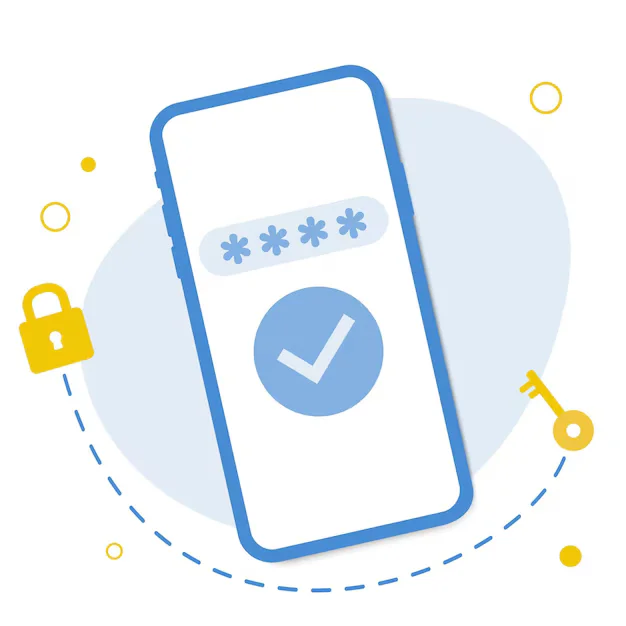Introduction: What Is cURL in PHP?
In the world of web development, connecting with external services is essential. Whether you’re working with weather data, payment gateways, social media feeds, or custom APIs, you need a reliable way to send and receive data. This is where cURL in PHP becomes incredibly useful.
cURL, short for “Client URL,” is a powerful library in PHP that allows your application to make HTTP requests to external servers. It supports various protocols such as HTTP, HTTPS, FTP, and more. Using cURL, you can send data, retrieve responses, handle headers, and authenticate requests, making it a core tool in modern PHP programming.
Why Use cURL for API Requests?
PHP offers several ways to make HTTP requests, but cURL is preferred for its flexibility, control, and extensive support for features like:
-
Sending
GET,POST,PUT,DELETE, and other request methods -
Adding custom headers
-
Working with JSON payloads
-
Handling secure SSL connections
-
Following redirects and managing cookies
-
Setting timeouts, proxy options, and error handling
Whether you’re building an app that fetches data from a public API or one that integrates with a secure backend service, cURL gives you the tools to do it effectively.
How cURL Works in PHP (Conceptually)
Using cURL in PHP involves a few simple steps:
-
Initialize a cURL session
-
Set options like the URL, request type, headers, or data payload
-
Execute the request and capture the response
-
Close the cURL session to free resources
These steps allow your PHP application to interact with external systems just like a browser or client app would — but fully under your control, and without needing JavaScript or frontend code.
Using cURL with Authentication
Many APIs require secure access via authentication. With cURL, you can:
-
Include API keys or tokens in headers
-
Send username and password for basic authentication
-
Use Bearer tokens for OAuth-based APIs
-
Manage cookie sessions for login-protected endpoints
This makes cURL ideal for working with both public APIs and secured enterprise systems.
Real-World Use Cases of PHP cURL
Using cURL, you can build countless practical PHP features, such as:
-
Submitting data to contact forms or newsletter services
-
Retrieving live exchange rates, stock prices, or weather updates
-
Connecting to payment processors like Stripe, PayPal, or Razorpay
-
Creating login integrations with Google or Facebook
-
Syncing data with third-party CRMs or eCommerce platforms
These capabilities make cURL an essential tool for developers working on dynamic, API-driven applications.
Best Practices for Using cURL in PHP
To ensure stability, performance, and security when using cURL, follow these best practices:
-
Set timeouts to avoid hanging scripts if the API is slow or unresponsive
-
Check for cURL errors and handle them gracefully
-
Sanitize API input and output to avoid injection vulnerabilities
-
Log responses for debugging and monitoring
-
Use SSL verification for secure connections
-
Respect API rate limits to avoid getting blocked
These measures help you build robust and professional applications that interact safely with external APIs.
Benefits of Using cURL in PHP
Some of the key benefits include:
-
Works on almost any hosting environment
-
No need for external packages — cURL is built into PHP
-
Offers granular control over requests and responses
-
Supports secure, token-based communications
-
Compatible with both RESTful and legacy APIs
Because of its power and reliability, cURL remains the go-to solution for HTTP requests in PHP development.
Conclusion: Mastering API Requests with PHP and cURL
Making API requests is a fundamental part of modern PHP applications, and cURL provides the most reliable and flexible way to accomplish that. Whether you’re connecting to simple public APIs or secured backend systems, PHP’s cURL functionality allows you to send and receive data with full control.
By mastering how to use cURL effectively, you unlock the ability to build powerful integrations, automate tasks, and create real-time dynamic applications that rely on external data. With just a few steps, you can make your PHP app smarter, more interactive, and connected to the world.







